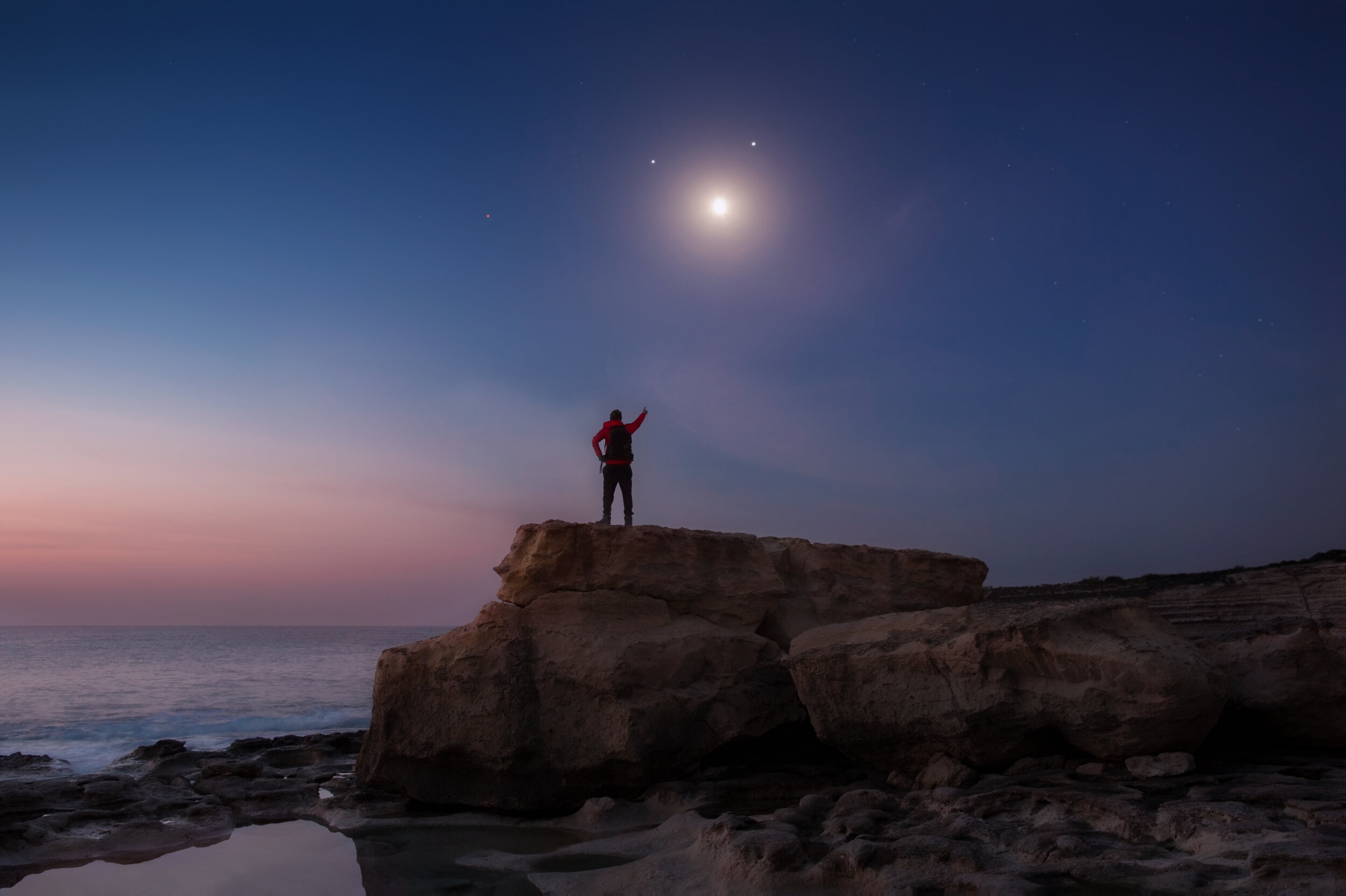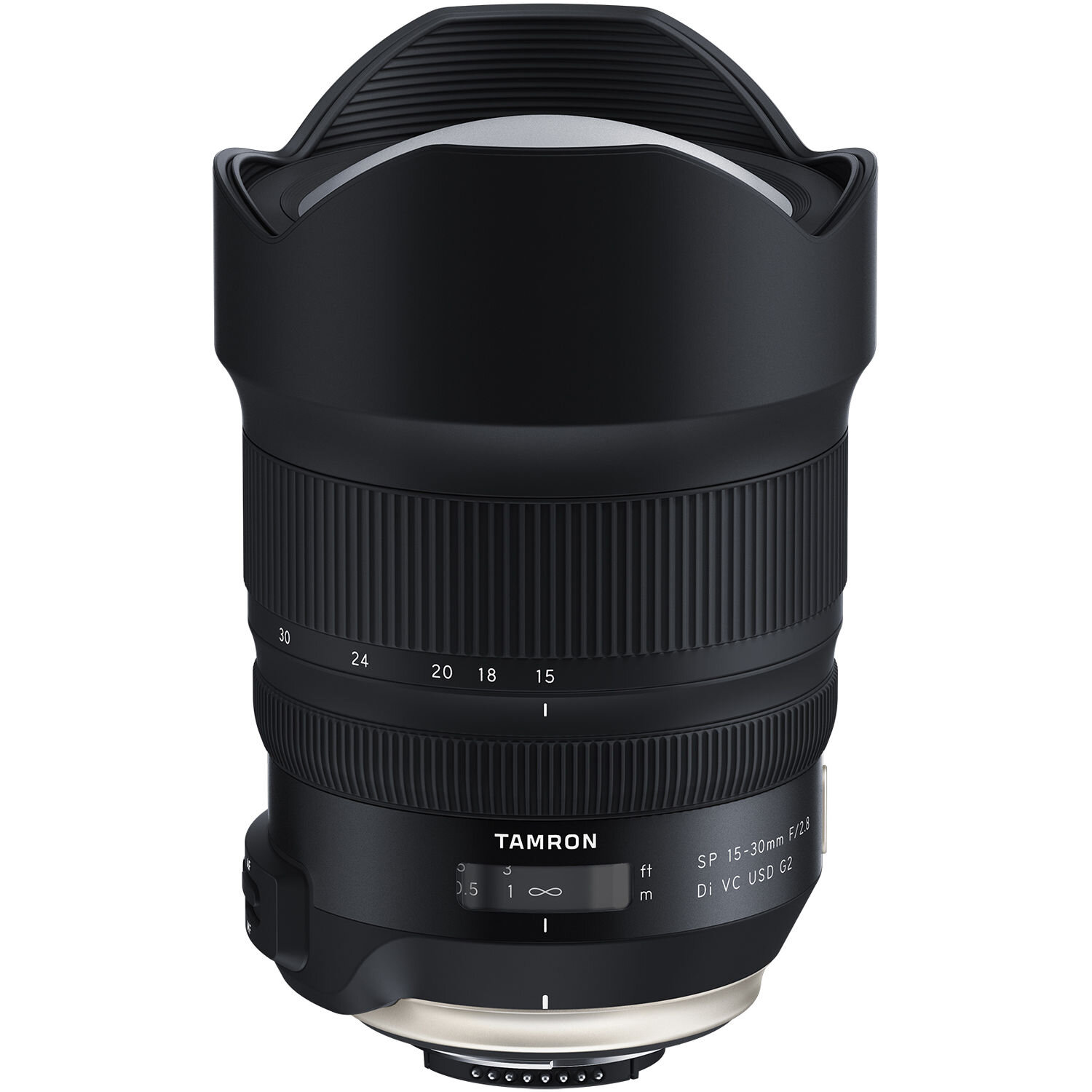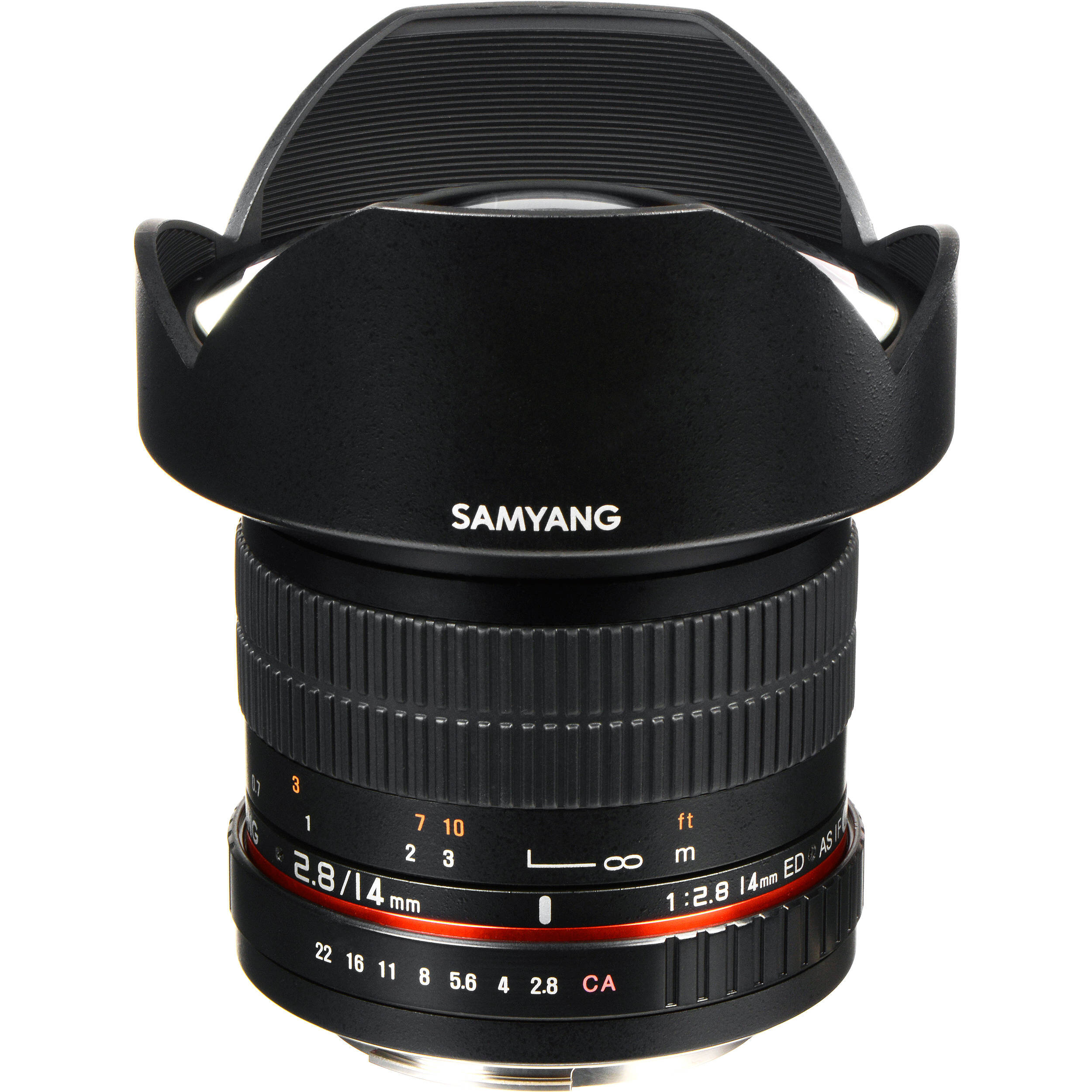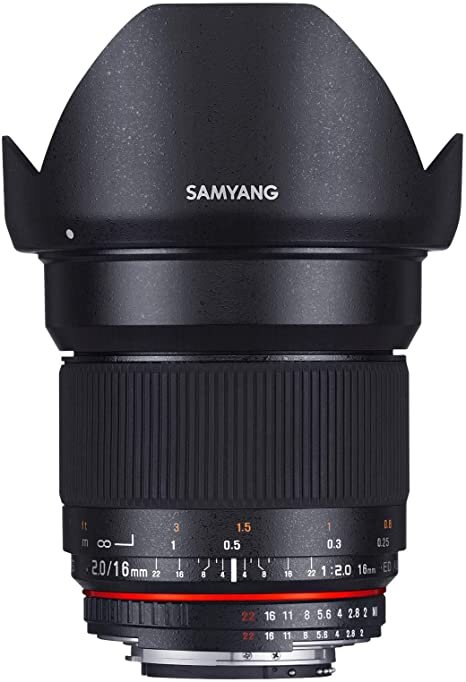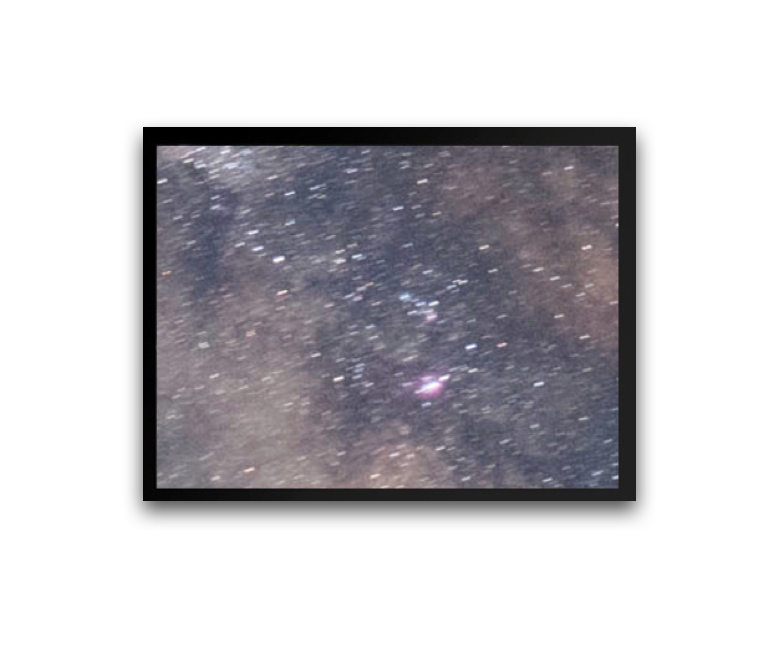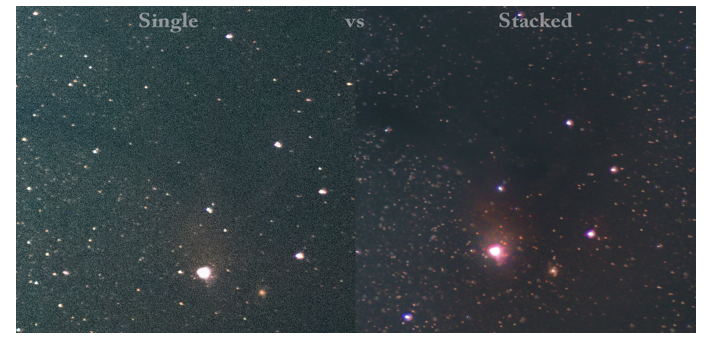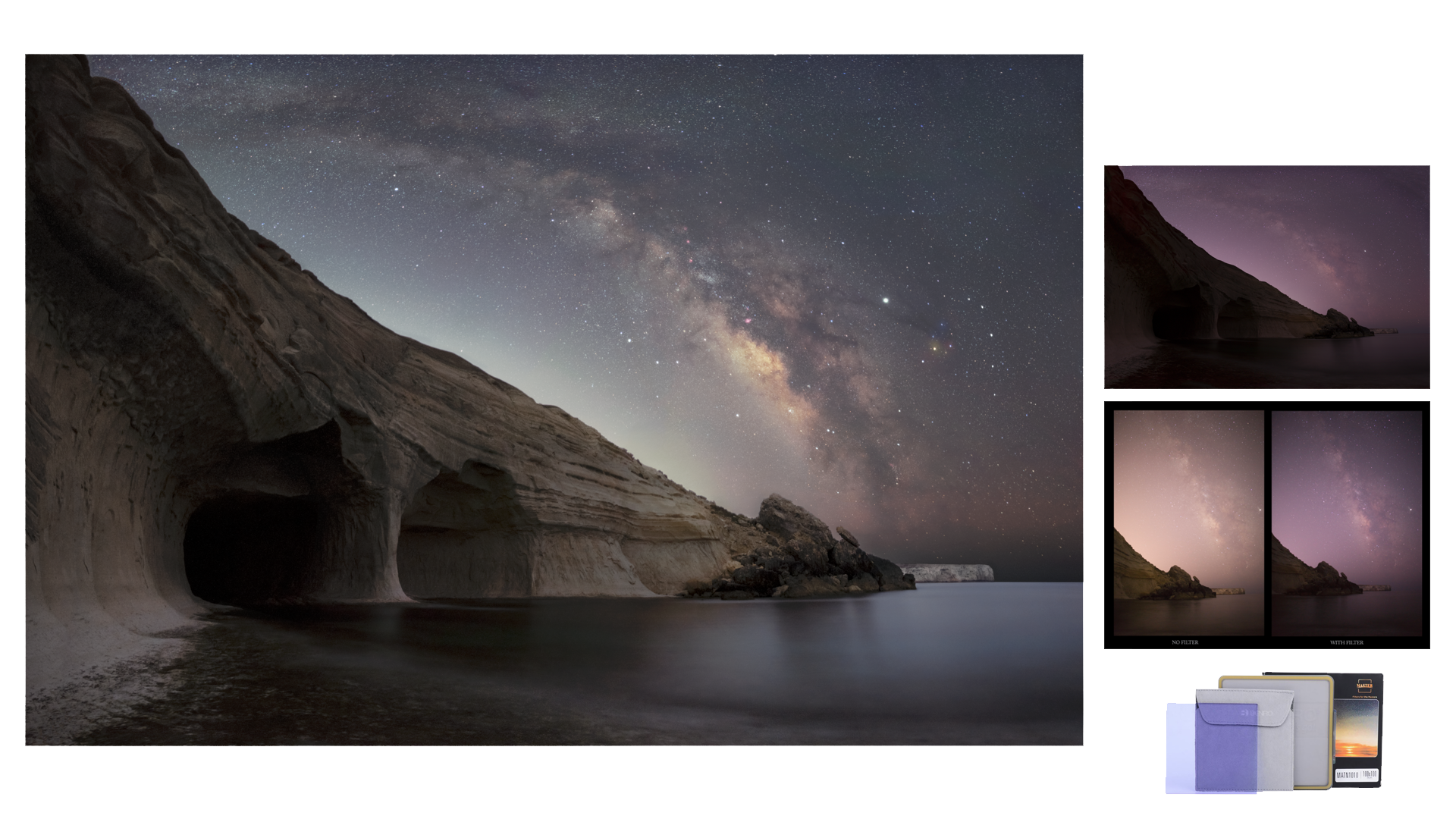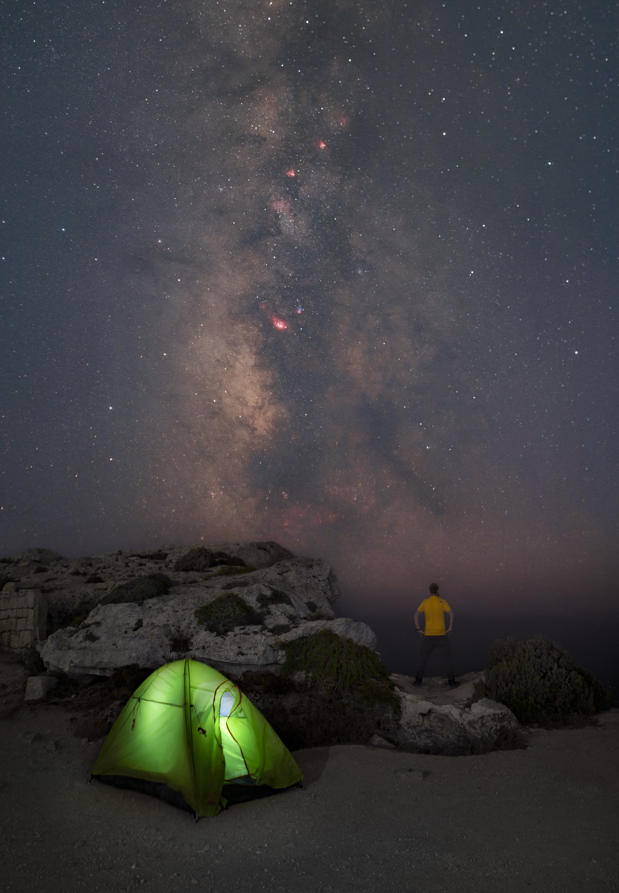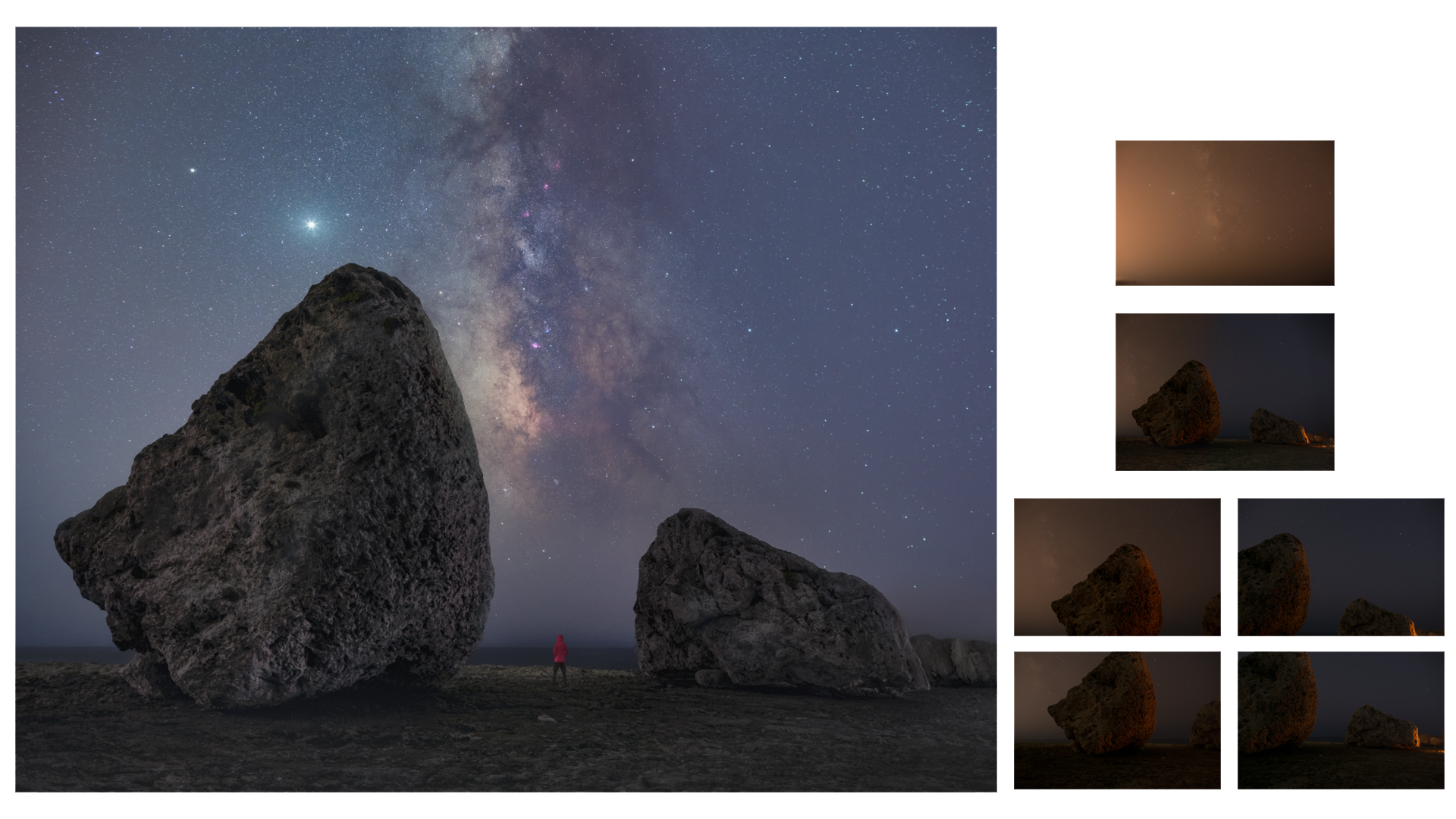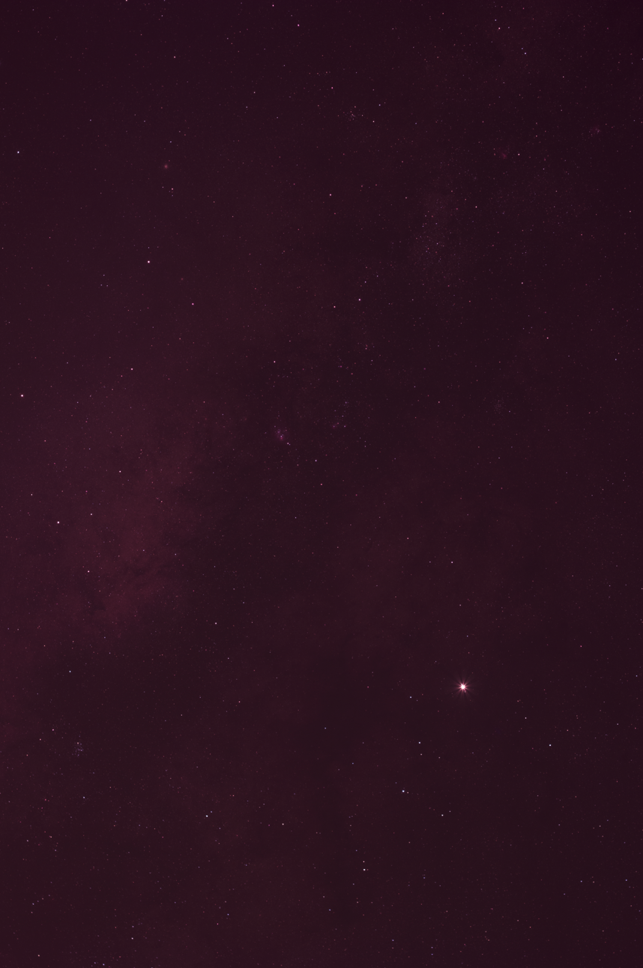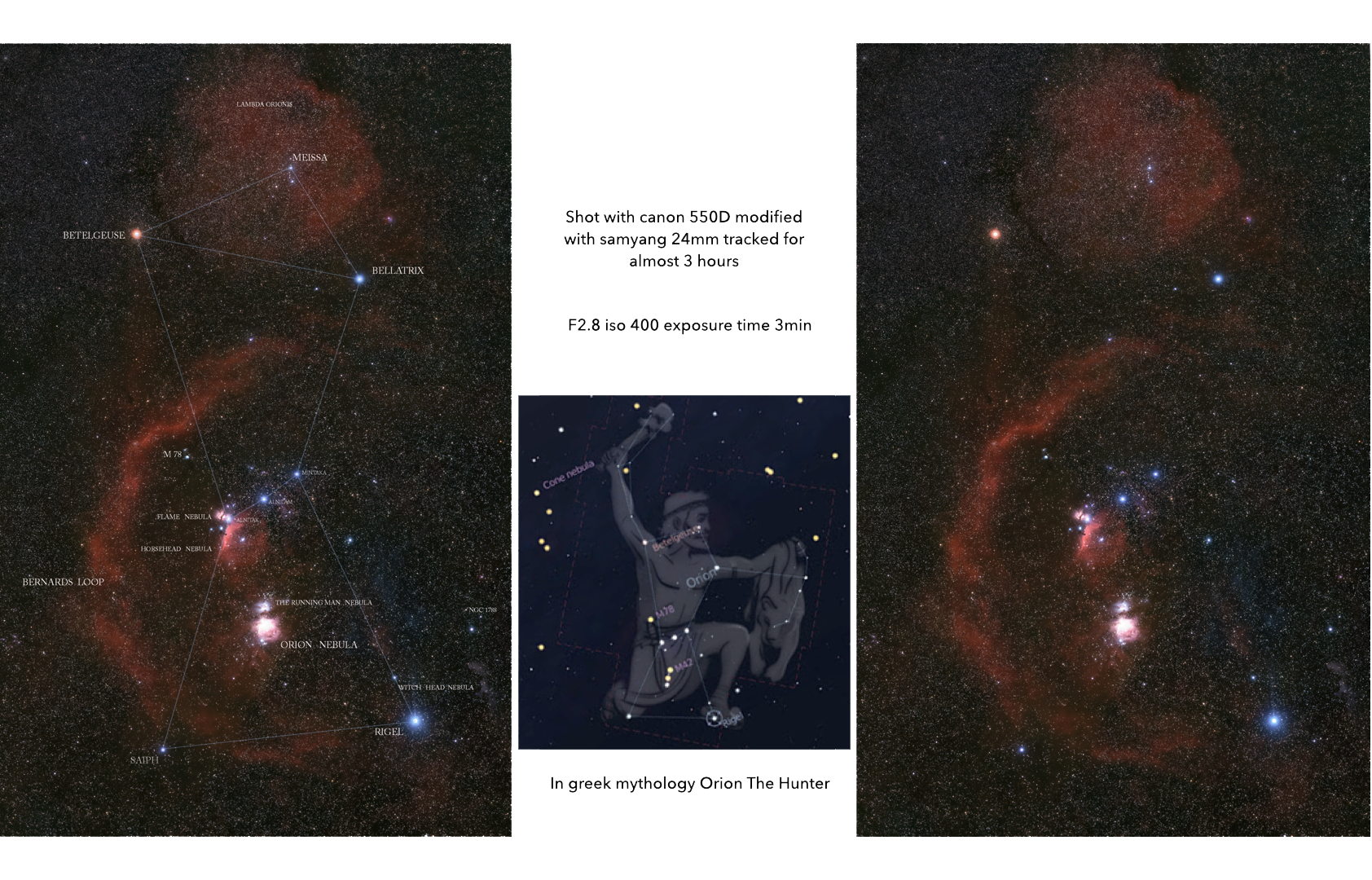Capturing The Heavens
I was always fascinated by the wilderness and the stars above . Back in the 80’s everyone including me , used to watch Carl Sagan’s program ‘COSMOS’ and that was a true inspiration .The experience of discovering that connection there under the stars in wild places, it’s like there’s something primal . Part of it is hard to be explained as there is something connected in all of us and in that sense of mystery it allows me to connect with it in some way through astrophotography.
Being outdoor in nature is what gives me that sense of direct connection and the experience of witnessing something unique .
I always wonder in awe at landscapes were power of nature is truly revealed.
On the other hand, the night skies always bring that sense of mystical elements, while wondering how small we are compared to the vastness of the Universe. It is what keeps me motivated to go out and capture the best of the night skies. The feeling in itself is something which I cannot describe, as the mystery always remain.
Photography makes me feel like actually taking part in that whole thing that is always going on.
Photographing the Milky Way or a starry sky objects can be difficult for those who are getting started with night photography.
Thankfully, today there are many tools like advanced camera sensors and fast affordable lenses it is even possible to photography the Milky Way with an entry-level digital camera something unthinkable just few years ago, with todays cameras that can provide such higher sensitivity ISO’s than 1600 & even 6400 one can capture a magical experience beyond what our eyes can see.
Whats In My Backpack?
What you need to look out before buying a lens for Astrophotography?
The key factor that we must consider for photographing the milky way and other objects is luminosity. I recommend using prime lenses with an aperture as wide as possible, and at equal to or less than f 2.8 ( if your using a star tracker the aperture doesn’t matter that much as your compensating time exposure and one can shot even f 5.6 for better sharpness).
Regarding the focal length it all depends what is your target but for milky way shots the best focal length I prefer is from 14 to 35 on FF Sensors / 11 to 24 on APS-C Sensors.
To categorise a good lens one need not only a lens that has fast aperture and good quality sharpness but it need also able to reduce wide angles deformation by reducing or eliminate the so called “comma” and Astigmatism.
Comma is very common into lenses , the Comma or comatic aberration, in an optical system refers to aberration inherent to certain optical designs or due to imperfection in the lens or other components that results in off-axis point sources such as stars appearing distorted, appearing to have a tail like a comet and that is not very pleasing in the final result.
Canon 14mm
Samyang 14mm
Canon 24mm
Samyang 24mm
Which lenses are good than for Astrophotography ?
There are alot of good quality lenses out there and I'm going to mention some of them that I feel are well constructed, good quality lenses and affordable.
FULL FRAME SENSORS CAMERAS
Tamron 15 -30mmF2.8 (price around 950€)
Samyang 14mm f2.8 (price around 350€)
Samyang 24mm f1.4 (price around 550€)
Samyang 35mm f1.4 (price around 450)
APSC SENSORS CAMERAS
Samyang 16mm f2
(price around 400€)
Tokina 11-20mm f2.8
(price around 400€)
Tamron 11-20mm f2.8
(Price around 700€)
Sigma 18-35mm f1.8
(price around 650€)
Which Best time to photography the Milky Way ?
Although we can see and photography the Milky Way Through the whole year, the Galactic Center will be most visible from the end of march to the beginning of October.
The period between may and august are the best months to photography the Milky Way.
Once we know the best time to photography the Milky Way, we must consider one of the most important factor for a photo shoot location : Light pollution this is critical for deciding where to photograph the milky way as darkness is a fundamental requirement to capture the Milky Way and the Galactic Center.
How I plan my Milky Way shots ?
Planning you milky way shots or objects in the night sky is perhaps the most essential step for taking successful image.
We should be aware of the exact positioning that the milky way / objects will follow as well the elevation of the Galactic Centre over the horizon. For this I use PHOTOPILLS app.
Using this app I can get an idea of the Milky - Way Visibility of the Galactic Centre, for that single date and calculate the moon phase.
Always keep in mind THE 500 RULE!!
To photograph the stars or the milky way , we need to capture the stars as sharp as possible so always focus manually on other hand we don’t want any trails ether , which these happen when taking long exposures.
THE 500 RULE
The equation determine the result of maximum time exposure to set your shutter speed of your camera ( with the aperture wide open).
One needs to work out the equation by dividing 500 with there focal length this means that if we are shooting with a 14mm @ 2.8 the sum will calculate 500\14 = 35 sec another example with a 24mm @1.4 will calculate 500/24 = 20 sec.
If your working with an APS-C camera because its has a smaller sensor I recommend to divided by 300 instead of 500
Stacking Technique
Stacking Software
These softwares will help you to achieve noise free images . They are very simple to use just load the raw files into these software engine i suggest around 15 images not least than 10 and the software automaticaly will composite the image in one by removing the random noise from the base image.
Panorama Stitching
A filter that I found very essential for Astro Landscapes is the Benro True Night Filter. The filter removes light pollution and definitely eliminates an essential problem as for the visibility of astronomical objects are enhanced, and where they appear artificial light sources are more clearly defined with less glare and improved contrast.
INTRODUCTION TO WIDE-FIELD ASTRO LANDSCAPE & DEEP SKY ASTROPHOTOGRAPHY
USING A STAR TRACKER :
Tracking the stars:
Now days enter level and ultralight equatorial mounts have made possible something that was unthinkable a few yeas ago . Tracking the stars with basic camera gear.
Using an equatorial wedge and a simple motor , we can track the milky way and other objects , which allows us to use narrower apertures, lower ISO & longer shutter speed in which will translate into sharper and more quality images.
Using a star tracker involves a few technical things to consider l like doing a correct polar alignment so the s tar tracking works. However , if you have some experience and compatible shooting the milky way with your current gear , using a star- tracker is the best tool to take your milky-way shots one step further.
Polar alignment trough the sky watcher star adventurer polar scope.
The polar scope need to be aligned with Polaris so the tracking mount works perfectly.
Polaris lies at a viewing angle that is 0.736 degrees away from exact North. Because the North Star does not lie exactly on earth's rotation axis, it actually arcs through the sky every night. The arc is just so small that humans can't see it. Furthermore, earth's rotation axis is not completely fixed
Unguided
Wide field milky-way shots / Astro Landscapes
For wide-field astro landscape shots a tracker mounted with 24mm iso 400 and f5.6 its easy to take a 3min exposure
Guided
Deep sky Astrophotography Imaging
What are the beneficiary advantages to own a star tracker?
A star tracker will rotate with the motion of the stars so will allow you for longer exposures without start tails so finally you will end up with much more detailed images with lower iso’s .
(1) Canon 300mm prime f4.
(2) Lacerta auto guiding system - The auto guiding system is a corrector when you shoot with such focal lengths 300 and above and because the star tracker its mechanical too with such long exposures it will off track so the guiding will help send pulses to the tracker and correct the tracking, with lower focal lengths its not a big deal as minor defects with not get noticeable.
(3) Canon 550D Astro modified - What means Astro modified? Basically every stock camera can be astro modified but you need to sacrifice a camera and dedicated to night photography.
Astro modification is a certain way to let your camera expose to certain wave lengths, all cameras have so called ir cut filter on on top of the sensor the filter is there to correct a spectrum wave lengths of colours but it blocks a certain wave length called HA ( hydrogen alfa that its found in nebulosity such found in the milky way)
So is removed to let this particular stream as much as we can to the sensor of the camera.
Inside the camera instead the ir-cut filter now I have attached a dedicated astronomy filter on to of the sensor that let pass the ha and blocks the other wave lengths that we don’t need for astro imaging such light pollution.
(4) The lacerta hand controller it allows me to set exposures because its connected to the camera and see how the tracking is going so I can relax poor some coffee and eat biscuits while watching the stars.
Dedicated Astronomy Filters:
IDAS D2 Light Pollution Suppression Filter:
Unlike other light pollution suppression filters, IDAS filters are specifically designed for balanced colour transmission using the IDAS unique Multi-Bandpass Technology process. The balanced transmission allows colour photographs to be taken with minimal colour cast to broadband emission objects such as stars, galaxies and globular clusters.
The key concept of the D2 LPS is to reduce the reddish background cast whilst blocking as much light pollution as possible improving upon the already good colour balance of the P2 LPS and in addition block high/low sodium and white LED light pollution.
Comparison (Unmodified VS Modified)
(1)
(2)
(3)
(1)1 frame with my canon 5dmk3 without tracking Continuous Shooting for stacking technique at 16mm with iso 3200 f2.8 and 20’’ exposure
(2)1 frame of the milky way shot with my astro modified camera and star tracker at 24mm f 4 iso 200 exposure time 4min
(3)Final image composited with foreground with 30 images x 4min each stacked
While you're capturing the nights skies with a star tracker eventually you will end with a common problem in your foreground, as it will be blurred by the motion blur rotation .
One needs to get used to this common issue by reshooting the foreground seperate and master blending techniuqe in photoshop for a final image.
A four horizontal Panorama and tracked with my Canon 5dmk3 used 24mm Samyang iso 400 3min exposure at f2.8 x 30 each
What are the expectations of Astro imaging ?
Hidden Raw Data
Recovered Data
Raw Image taken with canon 80D not modified Stacked 50 images + 30 dark frames tracked
Raw embed data with A star tracker one can achieve more - This image was taken with canon 550d Astro Modified with 50mm f5.6 iso 100 tracked for 4min 40 images + dark frames
STOCK CAMERA VS MODIFIED STOCK CAMERAS
DEEP SKY ASTRONOMY APPLICATION
Stellarium Mobile Application
Stellarium is a great mobile app that will allows you to project where are the targets you want to shoot it will help you get better accuracy for your targets.
DEEP SKY SUMMER / WINTER OBJECTS
The Lagoon & Triffid nebula - Rho Ophiuchus - The Eagle & Omega Nebula
There images are all taken with 300mm auto guided with canon 550d modified stacked + calibration frames
(Orion Nebula & The Running Man - with canon camera 80D Subs 64x60sec / darks 63x60sec) - (The Horse Head & Flame Nebula - Shot with my Astro-modified camera 550D Integration subs 194x3min = 6 hours + Calibration Frames + Guided) - (The Pleiades Star ClusterAlso known as the Seven Sisters and Messier 45 and is an open star cluster Shot with Canon 80D Stock CameraTracked With Sky Watcher Adventurer unguided Canon 200mm @ F4 Exif : Subs 140x60sec / darks 63x60sec)
The Orion Molecular Cloud Complex
THE ANDROMEDA GALAXY
Andromeda galaxy is a spiral galaxy (like our galaxy the milky way) and is approximately 2.5 million light years away form Earth. Saying that andromeda galaxy is the nearest major galaxy to the milky-way system. It is found in the andromeda constellation . Shot With Canon 550D HA Modified With IDAS LPS clip on filter - Tracked With Skywatcher Star Adventurer - Canon 300mm - Guided With LACERTA MGN2 stand alone auto guider - Benro Tripod MACH 3 TMA37AL. Exif : Tracked images 130 subs around 3min on two consecutive days . 60x3min darks / bias x 52 / flats x 60
NEBULOSITY IN THE GALAXY WHERE TO SEARCH ?
DSLR’S VS DEDICATED ASTRONOMY CAMERAS
The biggest benefit to a dedicated astro camera has set point cooling. It can cool the sensor to up to 45 degrees celsius below ambient which results in far less noise than a dslr which gets pretty hot with long exposure. Setpoint cooling also allows you to take all of your calibration frames at the exact same temp as your light frames which makes better matches for calibrate.
THE EAGLE NEBULA & PILLARS OF CREATION
Mr Kurt Catania uses advanced equipment to capture deep space Astro images in fact he uses a monochrome ASI camera & narrow band filters to get as much details & Natural colours in his deep sky images. This shot of Mr Catania is showing a close up of the Eagle Nebula with his Schmidt-Cassegrain Telescope at a focal of 1400mm in fact one can see the pillars of creation.
This shot of the eagle nebula was taken with a Celestron AVX Tracking mount / Celestron Schmidt-Cassegrain telescope. ASI1600MM-PRO mono dedicated astronomy camera at a focal length of 1400mm .
Shot by Mr Kurt Catania
OTHER CELESTIAL EVENTS
Aurora Borealis Iceland
Jupiter & Saturn the two largest planets have in fact not been that close since July 16, 1623, – 397 years ago a Souvenir of conjunction that is extremely rare.
Sequence of a full Lunar Eclipse
The transit of a full Lunar Eclipse back in August 2018.
During an eclipse, two shadows are cast. The first is called the umbra It is the dark center of the eclipse shadow. The second shadow is called the penumbra. The penumbra gets larger as it goes away from the sun.
Comet Neowise a rare cosmic event shot back in July 2020
Watch the full presentation about night sky Astrophotography on YouTube presented to the Malta Institute Of Professional Photography.
"Visit www.astro-modifikationen.de to modify your DSLR or mirrorless camera for astronomy images with H-alpha enhancement."


